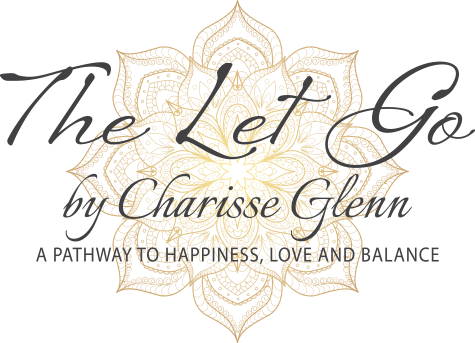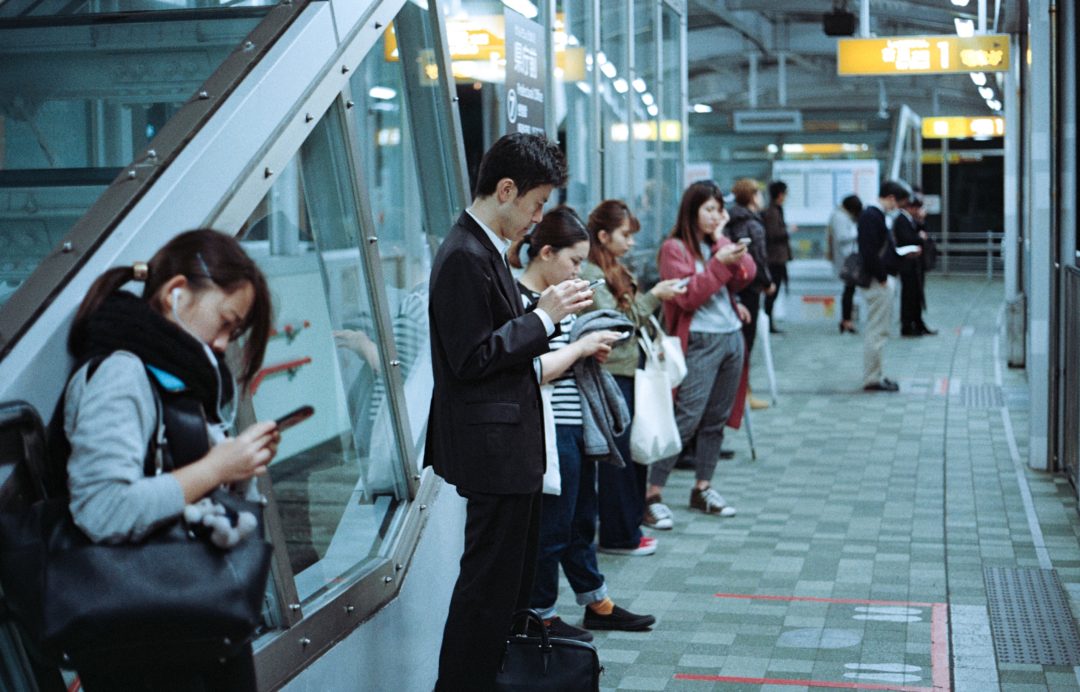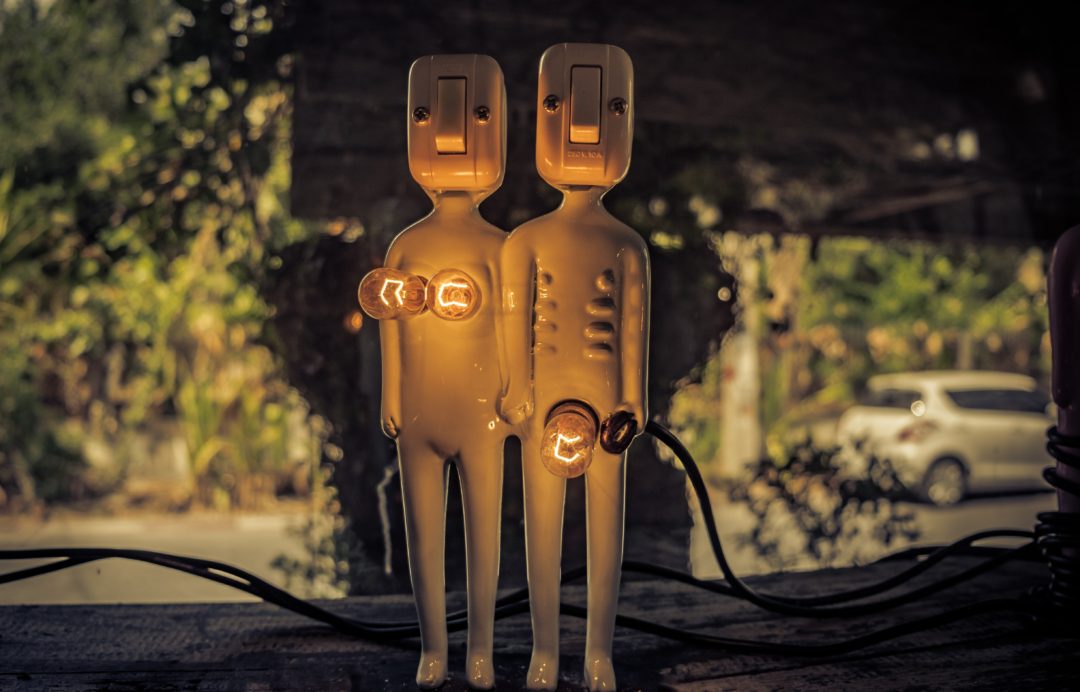Your time is limited, don’t waste it living someone else’s life.
~Steve Jobs
Are our digital devices removing us from reality? Are human beings losing the ability to connect?
Digital overload occurs when we have difficulty managing the time we spend staring at screens and processing the volume of information we are exposed to. It has been identified in children and teens. Their addiction to devices is real and troubling. Yet, this addiction is not limited to youth. Adults are equally at risk.
Overload or burnout occurs when we media multi-task, overwhelming our brains from too much consumption. It makes us feel distracted, tired, or depressed. Headaches, stress, anxiety, mood swings, feelings of hopelessness, and lethargy are all symptoms of digital overexposure. This leads to counterproductivity. It contributes to our lack of ability to retain and process the data consumed.
Digital wellness and digital minimalism are two terms that are gaining traction in the high-tech world. It refers to preventative measures directed at managing and improving the use of technology, and minimalism is a mindset of examining which digital communication tools are essential for our lives. The goal of this perspective is to probe whether or not these devices add purpose to our life. We are all affected by our digital habits.
Recently I joined the new audio social media app called Clubhouse. Once you navigate the platform, the fun begins. The app is akin to a podcast with an audience. Hundreds of live global conversations are active 24/7, yet, once the rooms are over, they are over.
When COVID restricted us to the confines of our homes, the rollout timing for Clubhouse was perfect. It fulfilled the need to connect during this period of isolation.
I get it.
Clubhouse encourages the sharing of ideas. A current buzzword is a value. Are we adding value? What weight bombs can you drop? Are you receiving value?
Because of the spontaneous live conversations and the value people are seeking and experiencing, participants are loathed to leave the app due to an overwhelming sense of FOMO (Fear Of Missing Out).
Many are bordering on burnout, and some have crossed the line to addiction. In addition, stories of sleep deprivation and relationships threatened because partners would rather be on an app are prevalent.
The connections of hearing people and having conversations are satisfying, yet is the sense of FOMO misconstrued?
By indulging in the digital candy store, we miss out on our lives reality. The time consumption concentrating on our devices, regardless of platform, removes us from embracing the moment, being in the here and now.
Instead of digital FOMO, our focus would be better served by the fear of missing out on our real lives, our physical realities.
Digital technology is integral to our daily activities, so digital minimalism is a dichotomy. We use our devices to help us work, keep us entertained, and stay connected with friends and family. So how can we minimize it when it is an integral part of our lives?
How do we navigate our devices and not lose out on real life?
1. FOMO is not absolute: Trust the information you seek will come to you when required.
2. Set your intention: Is the technology used for business, pleasure, or a combination? Does your company have set business hours? Limit how many hours you dedicate to social media.
3. Set time limits: Plan your digital activities. Then, just as we sit down to watch the 6:00 news, integrate habits into your digital life.
4. Use one device at a time. Don’t have additional apps open on one device, tempting you to check on anything that crosses the screen.
5. Turn off all but the necessary notifications.
6. Prioritize off-screen activities. For example, play with your kids, partner, or dog. Do yoga, meditate, or pick up a book.
7. Spend time in nature: Go for a walk, stare up at the clouds, breathe fresh air, or go barefoot on the earth.
8. Make a hard out: Set a time to end your scrolling, gaming, posting, and chatting.
9. Make real-life connections: Pick up a phone, facetime, or zoom. Reach out to loved ones, particularly those who live alone or the elderly.
10. Enjoy the quiet: Find peace and healing energy. Soft provides the space to be.
We are all different, and our digital needs vary; no one answer fits all. Understanding the fear of missing out on real life is a genuine concern. When the signs of burnout start to appear, do a quick reset. By using self-awareness and becoming conscious of when we are overindulging, we can shift our attention to real-life conversations, in real-time, with those close to us.
We can control digital overload simply by making choices to be in the moment. So unplug, and reconnect to being here now.
“I think the message is that you don’t need to go to anywhere else to find what you are seeking.”
― Be Here Now





